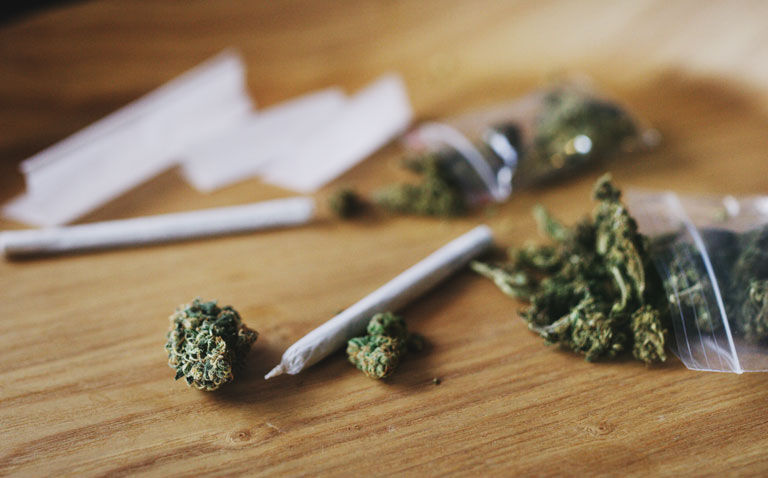Cannabis use does not seem to be associated with more respiratory-related emergency department visits compared non-users of the drug
Cannabis use is not associated with more respiratory-related visits to an emergency department in comparison to those who do not use the drug although it is associated with a greater proportion of overall emergency department visits.
This was the main conclusion of a propensity-matched study by a group of researchers from Ontario, Canada.
Cannabis (or marijuana) is the most commonly used addictive drug after tobacco and alcohol. The use of cannabis is associated with respiratory problems such as chronic bronchitis symptoms and large airway inflammation and in fact, heavy use may lead to airflow obstruction.
Despite this evidence of adverse respiratory effects, a 2018 systematic review concluded that there was low-strength evidence that smoking cannabis was associated with cough, sputum production, and wheezing and that there was insufficient evidence of an association between use of the drug and obstructive lung disease.
Nevertheless, one study has suggested that daily cannabis smoking, even in the absence of tobacco, is associated with an elevated risk of health care use for various health problems.
With some uncertainty over the respiratory effects of cannabis, in the present study, the Canadian team wanted to examine the magnitude of the association between the use of cannabis and adverse respiratory-related emergency department visits.
They conducted a retrospective analysis linking health survey and health administrative data for residents of Ontario. Individuals who self-reported any use of cannabis (the exposed group) within the past year were matched 1:3 (to increase the sample size) with control individuals, which were those who self-reported no use of the drug.
The primary outcome for the study was a respiratory-related emergency department visit or hospitalisation which included both upper and lower respiratory tract infections, respiratory failure, asthma or COPD as the reason for presentation at the hospital. As a secondary outcome, the team assessed all-cause emergency department visits.
Cannabis use and respiratory-related hospital visits
A total of 35,114 individuals were included in the analysis, of whom, 6,425 with a mean age of 32.2 years (38.8% female) were self-reported cannabis users. Overall, 42.5% of those using the drug did so less than once a month with a much smaller proportion (10.5%) reporting daily use.
The odds of a respiratory-related emergency department visit or hospitalisation was not significantly different between the exposed and control group (odds ratio, OR = 0.91, 95% CI 0.77 – 1.09, p = 0.32). Despite this, there was a greater odds of all-cause emergency department visits among those who used cannabis (OR = 1.22, 95% CI 1.13 – 1.31, p < 0.0001).
The most frequent reason for the emergency visits among those using cannabis was for acute trauma (15.1%) although interestingly, this was followed by respiratory problems (14.2%).
The authors concluded that while there were no differences in the proportion of respiratory-related hospital visits between the two groups, all-cause hospital visits were significantly higher among those who. self-reported cannabis use.
They added that based on these findings, recreational use of the drug should be discouraged.
Citation
Vozoris NT et al. Cannabis use and risks of respiratory and all-cause morbidity and mortality: a population-based, data-linkage, cohort study BMJ Open Respir Res 2022










